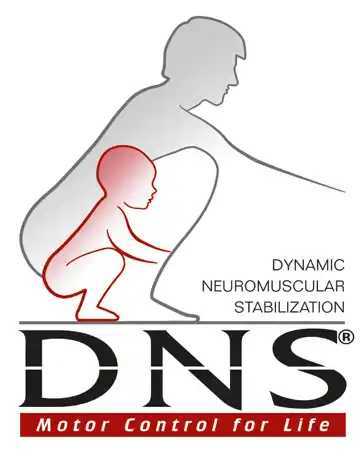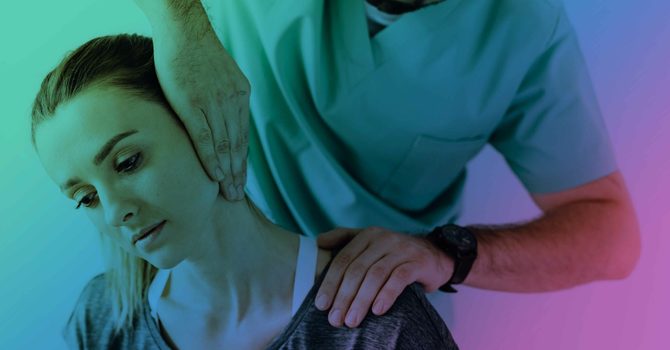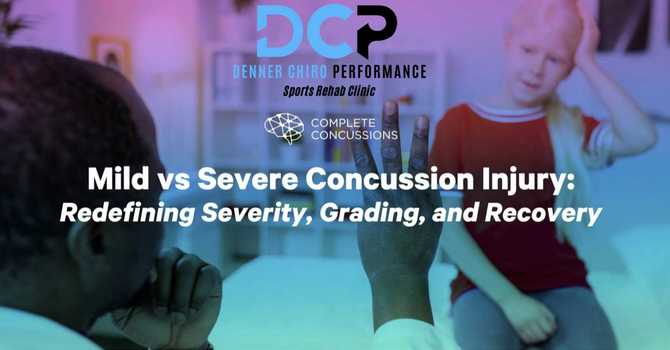
Dynamic Neuromuscular Stabilization | Charlotte, North Carolina
Dr. Matheau Denner DC,ATC,LAT,DNSP
Dynamic Neuromuscular Stabilization Practitioner | Charlotte, North Carolina
Dr. Denner is the first and only certified Dynamic Neuromuscular Stabilization Practitioner from The Prague School of Rehabilitation in the greater Charlotte area.
Dynamic Neuromuscular Stabilization
Dynamic Neuromuscular Stabilization (DNS) is a specialized rehabilitation technique developed by Pavel Kolar, PhD, PT from the teachings of Karel Lewit, Vladimir Janda, Vaclav Vojta, and Frantisek Vele. Originally designed for the treatment of neurologically compromised children, DNS has evolved to become an effective treatment for various conditions, including stroke, scoliosis, sports injuries, and painful conditions.
What is Dynamic Neuromuscular Stabilization?
We are all born with a blueprint for movement, this blueprint or motor program is ingrained in our nervous system independent of biases, beliefs, or teachings. All humans from birth develop in the same way. We achieve movement milestones around the same time independent of outside influence. For example, at 3 months we all innately achieve the same developmental milestone known as the 3-month prone position. But why would we all put our bodies in this exact position? And why does it matter?
This key milestone is when we learn how to stabilize our neck in the correct way. We activate the muscles synergistically around our shoulder girdle, neck, and back for a pain-free functional movement. The motor programs we are born with allow us to develop ideal movement strategies that place our joints in perfect positions allowing for the ideal development of bony structures and muscle development. If everything goes to plan within the first year of life we are able to achieve our goal which is independent walking.
But……. somewhere in our lives, this ideal movement pattern gets distributed. Most commonly from a previous injury, repetitively poor posture, or improper coaching/teaching. DNS rehab promotes optimal neuromuscular coordination and muscle activation retraining the brain to move our bodies in the ideal movement patterns once again. When we are able to move and stabilize our bodies in the correct way we decrease our muscle tension and have freely movable joints which in turn allows us to live free of pain and perform at our truest potential.
Dynamic Neuromuscular Stabilization Near Me
Charlotte, North Carolina
Looking to improve your movement, strength, and stability with Dynamic Neuromuscular Stabilization (DNS) in Charlotte? Below, you'll find helpful videos demonstrating key DNS exercises, including DNS breathing, DNS 3-month stabilization, and DNS intra-abdominal pressure techniques. These exercises are designed to enhance core stability, optimize movement patterns, and support musculoskeletal health.
If you want to learn more about how DNS can help you reach your movement goals, call our office today!
DNS Assessment and Treatment
DNS therapist utilize assessment and testing techniques to pinpoint the root cause of pain by identifying incorrect movement and stabilization patterns as well as palpating the affected areas for muscle trigger points and joint blockages. Once the areas of dysfunction are identified, the patient is placed in developmental positions to re-educate the central nervous system. Re-activating and reinforcing the original movement program will improve posture, stability, and strength in the motor system. Allowing the patient to move in the correct strategy will enhance the patient's ability to perform functional activities without pain or limitations.
During treatment, DNS practitioners apply gentle contact to various parts of the body to stimulate the central nervous system and "reboot" the movement program as it was initially intended.DNS can be used to treat a wide range of musculoskeletal and neurological conditions, including back pain, neck pain, shoulder pain, scoliosis, acute injuries, chronic overuse injuries, and sports injuries. DNS is a holistic approach that considers the patient's entire body, and it is an effective treatment for patients of all ages and abilities.
Dynamic Neuromuscular Stabilization for Musculoskeletal Conditions
DNS is used in all our treatment sessions and can help with the following conditions
Sever’s Disease
Achilles Tendonitis
Stress Fractures/ Stress Reactions
Piriformis Syndrome
Acute Ankle sprains
Hip Impingement
Anterior Tibial Stress Syndrome (Shin Splints)
Jumpers Knee
Spondylolisthesis
Osgoodschaltters disease
Labral tears
Snapping hip syndrome
Tennis Elbow
Golfers Elbow
Hamstring strains
Meniscus Injury
Shoulder Impingement
Hip Flexor Strain
Iliotibial band stress syndrome (IT Band Syndrome)
Rotator Cuff Injuries
Concussions
Overuse injuries
Muscle Strains
Ligament sprains
Joint Instability
ACL injury prevention
Groin Strains
Runners Knee



